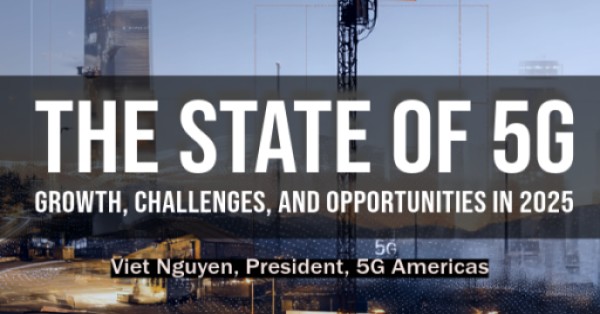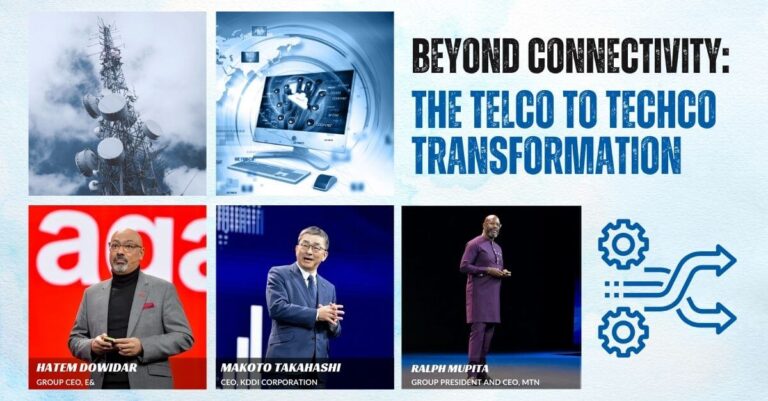The Department of Defense’s Innovate Beyond 5G (IB5G) Program recently kicked off three new projects that continue to advance DoD collaborative partnerships with industry and academia for 5G-to-NextG wireless technologies.
Dr. Sumit Roy, IB5G Program Director said, “The DoD has a vital interest in advancing 5G-to-NextG wireless technologies and concept demonstrations. These efforts represent our continuing investments via public and private sector collaboration on research & development for critical Beyond 5G technology enablers necessary to realize high performance, secure, and resilient network operations for the future warfighter.”
Open6G is a new industry-university cooperative effort that aims to jumpstart 6G systems research on open radio access networks (Open RAN). The effort will focus on Open RAN research and open source implementation of 5G protocol stack features to support emerging beyond/enhanced 5G applications. Open6G will serve as the DoD’s hub for development, testing, and integration of trusted enhancements, supporting an industry and federal government NextG ecosystem pursuing 6G technology goals. Led by a $1.77 million anchor award from IB5G, the project is managed by Northeastern University’s Kostas Research Institute through a cooperative agreement with the Army Research Laboratory. The technical effort will be housed at Northeastern University’s Institute for Wireless Internet of Things.
IB5G also started a new Spectrum Exchange Security and Scalability project with Zylinium Research. Spectrum-sharing technologies are becoming more critical as wireless networks face increasing user demand. Zylinium Research developed Spectrum Exchange—a network service appliance that receives, schedules and allocates spectrum resources—in response to this need. Zylinium Research recently demonstrated Spectrum Exchange for dynamic spectrum allocation on the Platform for Open Wireless Data-drive Experimental Research (POWDER) at the University of Utah, which is part of the Platforms for Advanced Wireless Research program funded by the National Science Foundation. This current effort will leverage blockchain in order to provide data persistence, scalability, and robustness to create a secure and distributed Spectrum Exchange. Zylinium’s Spectrum Exchange research was funded $1.64 million by the Office of the Under Secretary of Defense for Research and Engineering (OUSD(R&E)), representing a prime example of government inter-agency and industry collaboration in the interest of advancing spectrum sharing techniques and machine-driven network capabilities.
IB5G, in collaboration with Nokia Bell Labs, also established the resilient, large-scale, Massive Multi-Input/Multi-Output (MIMO) from MHz to GHz project. Massive MIMO is a critical enabler for the warfighter due to its ability to increase resiliency and throughput for wireless tactical communications. This project was awarded $3.69 million by OUSD (R&E)/IB5G under an Open Broad Agency Announcement solicitation for Advanced Wireless Communications research. The effort will explore key technology components that enable scaling MIMO technology across different bands/bandwidths and DoD-oriented use cases.
About USD(R&E)
The Under Secretary of Defense for Research and Engineering (USD(R&E) is the Chief Technology Officer of the Department of Defense. The USD(R&E) champions research, science, technology, engineering, and innovation to maintain the United States military’s technological advantage. Learn more at www.cto.mil, follow us on Twitter @DoDCTO, or visit us on LinkedIn at https://www.linkedin.com/company/ousdre.





















